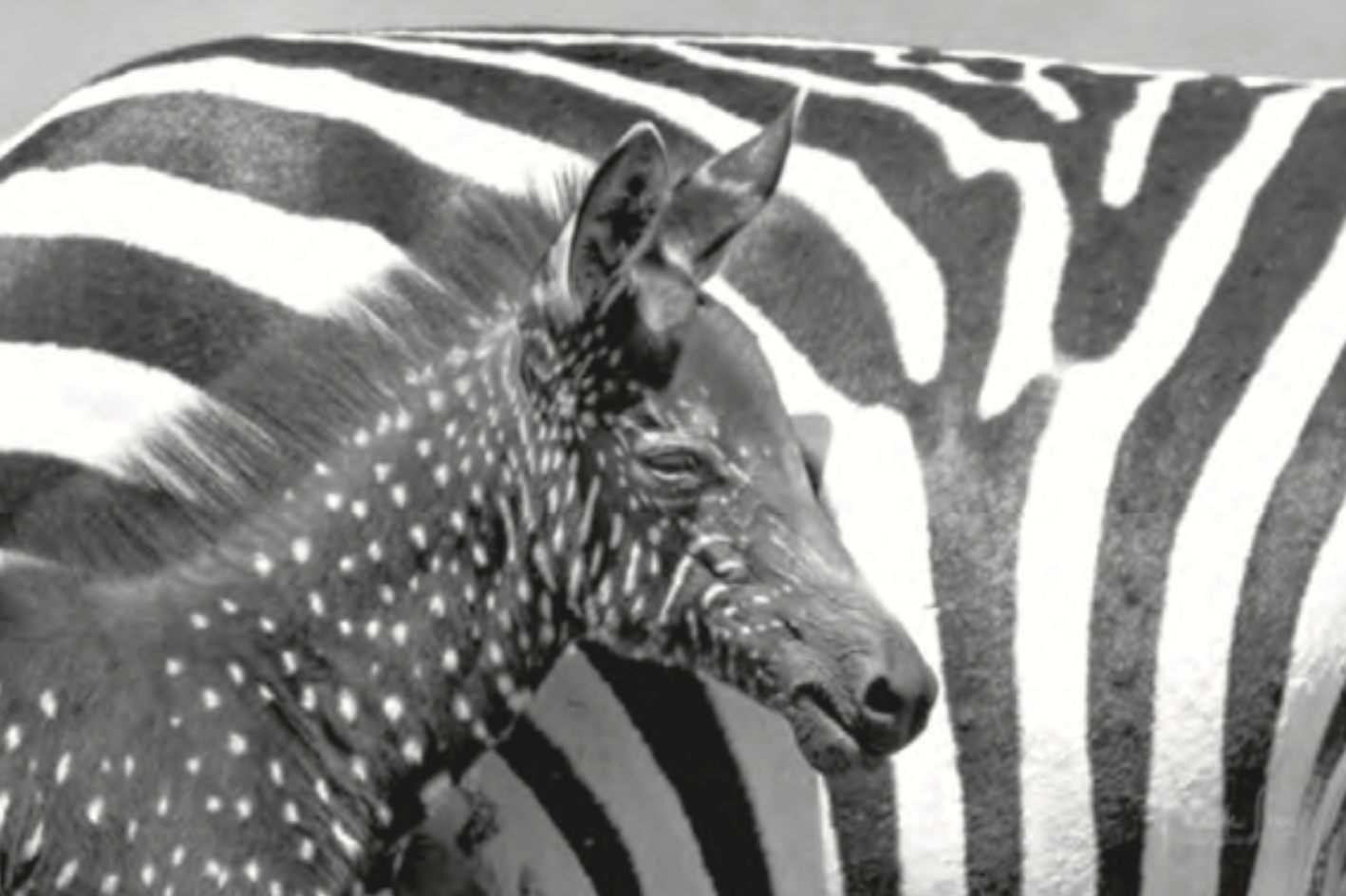The following graph shows the changes in allele frequencies in two separate populations of the same species. Each line represents an introduced allele.
- Explain why the fluctuations of the allele frequencies are more pronounced in the small population, compared to the larger population. (2 marks)
--- 4 WORK AREA LINES (style=lined) ---
- Evaluate the effects of gene flow on the gene pools of the two populations. (4 marks)
--- 12 WORK AREA LINES (style=lined) ---
